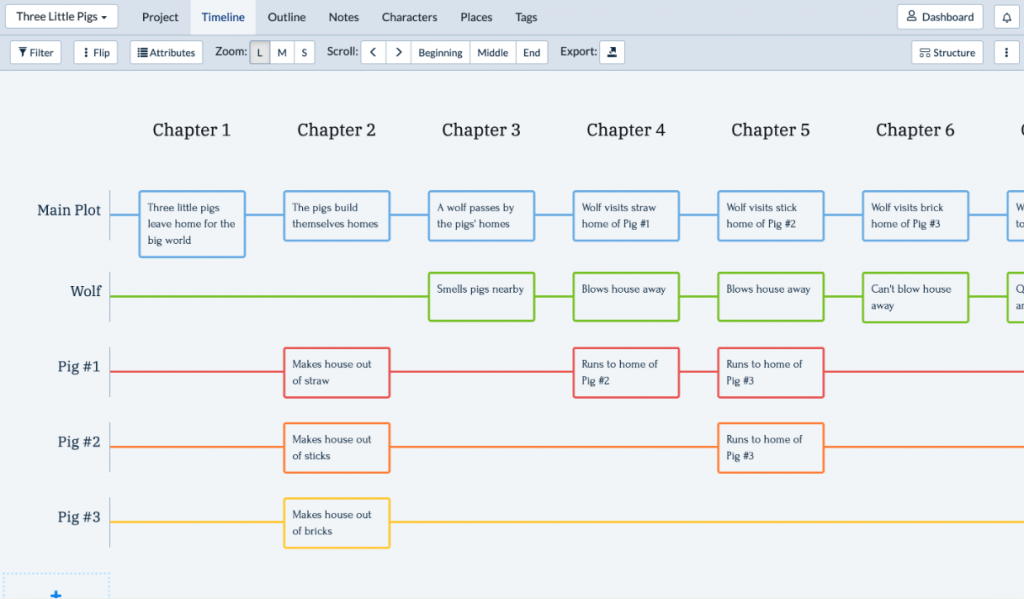I’ve recently (aka this month) changed my writing process, so that it’s more in line with Dean Wesley Smith’s technique of Writing Into The Dark* (there’s a great video on it here by Michael La Ronn). It’s essentially about writing without a pre-conceived outline (because writing outlines = using your critical voice = not conducive to being super creative). Instead, we start with our idea and start writing, trusting our creative voice (which we’ve been consciously and/or unconsciously developing since we’ve been told our first story), even if our creative voice occasionally sends us down dead ends (it’s OK, you can backtrack!). But that doesn’t mean there’s no outline. Instead, we develop the outline as we write the story (to ensure proper continuity, or easily figure out where we need to backtrack to when we do run into said dead end, or even to keep track of the storyline if we’re interrupted during the writing of it, or are writing a series).
So, I admit that I’m not following this technique 100%. I have planned my story to some level–at least the key ingredients I want to be in there. But instead of staying stalled trying to figure out how to link all these (often disparate) elements, I’m now writing into the dark. Which, as described by Dean Wesley Smith, is a lot of fun (even if I’m still struggling with brain fog and therefore my ability to describe things coherently).
And these are the tools I’m using while working on Harbinger, my current novel:
- Plottr
- This is where I’m keeping track of my plotlines, by both chapter, but also key beat scenes, and themes I would like to express in my story.
- It’s very easy to use, as I can move virtual flashcards as needed, and write on them as much as I want!
- You can alter colors as well, to make tracking easier. It’s very nifty! Particularly when you need to handle multiple point of view characters, or multiple plotlines.
- It’s very easy to export all your plotting (and other notes/developments) to another document as well!

- Scrivener
- I know that Plottr also allows for worldbuilding (with special sections on characters and places), however, I like to do all my worldbuilding brainstorming in Scrivener (though it doesn’t like it if I put too many reference pictures in it, which is a bummer), and then it makes for easy referencing later on.
- I also use Scrivener to write my first draft in, with chapters appearing also like flashcards, so if I need to shift things around, it’s easy to do so as well. It’s also a great way to go back and forth between Plottr (moving plot as I write) and actual chapters/scenes written in Scrivener.
- Like with Plottr, once you’re done, it’s super easy to export everything into another type of document, including all your notes, etc!

- Word Processor
- My favorite writing tool, however, has always been my word processor. Particularly when it comes time to editing and then formatting for publication (once I’m happy with all the edits!).
- Considering writing into the dark technically should allow me to write a clean first draft, I should normally need this a lot less, except to format my book for publication. However, as this is my first time applying this new technique, I have a feeling I’ll still be doing a few rounds of edits before sending everything to an actual editor as well. So this tool will always come in handy, no matter what!
- And the editing phase will probably require a few more basic writing tools, namely pen, paper, and post-its (I like to do edits by hand, as I end up catching a lot more trouble areas this way).
Hope this helps, and feel free to share any writing tools you may use that you find helps you develop your stories more easily!
*Disclosure: Affiliate links above are marked with asterisks (*). As an Amazon associate, I earn from qualifying purchases a small percentage of the sale, at no extra cost to you.


